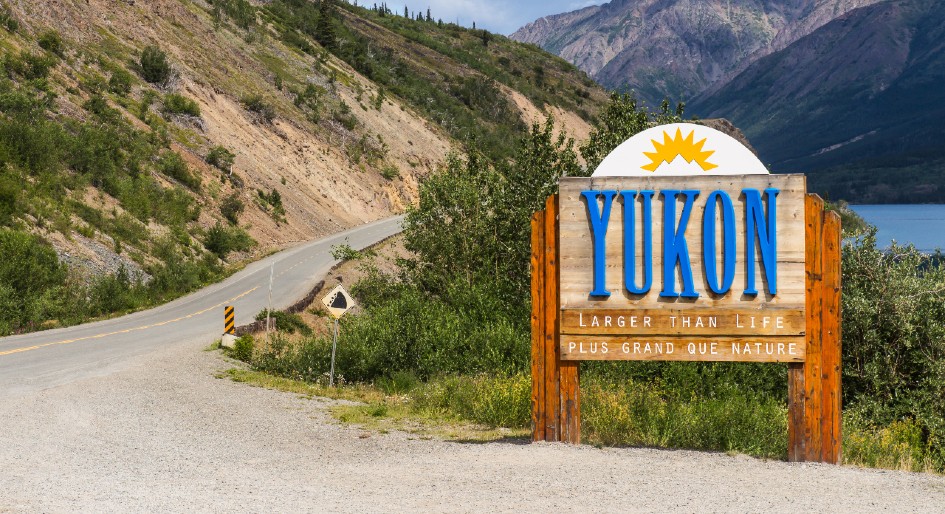The government of Yukon released its Our Clean Future report this past December, outlining greenhouse gas emissions data for 2021. Emissions, not including mining emissions, were four per cent above 2020 levels.
The territory is aiming to reduce emissions by 45 per cent by 2030 and reach net zero by 2050. The government recently added 42 new actions to its climate change plan to accomplish this feat and become more adaptive.
The goals focus on seven areas, including homes and buildings, transportation, energy, people and the environment, communities, innovation and leadership.
Some of these plans aim to accelerate fuel-switching, develop a focused recommissioning program by 2025 for performance improvements in Yukon’s government facilities, and require buildings constructed after 2025 and 2027 to meet Tier 3 and Tier 4 of the National Building Code.
The government is also looking to reduce the life cycle carbon intensity of heating oil sold in Yukon, aiming for 30 per cent by 2030, and align emissions intensity with BC’s Low Carbon Fuel Standard.
Flood information platforms with relevant data and local observations are another priority for emergency response by 2028.
Climate change will also be highly considered throughout Yukon’s asset management process for buildings by 2025.








